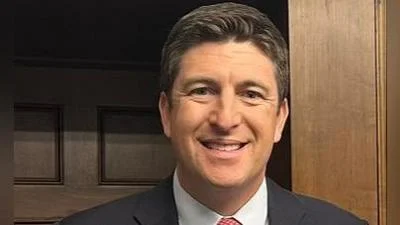Jane Blain Gilbertson CEO | Blain’s Farm & Fleet
Jane Blain Gilbertson CEO | Blain’s Farm & Fleet
When it comes to vehicle safety, headlights are crucial for ensuring visibility on the road. They not only help drivers see ahead but also make vehicles visible to others. Keeping them in optimal condition is essential.
A common question arises when one headlight burns out: should both bulbs be replaced simultaneously? Blain’s Farm & Fleet offers insights into why replacing both headlights at once is advisable.
Headlights, like many vehicle components, have a limited lifespan. Factory-installed headlights generally share a similar life expectancy. Thus, if one bulb fails, the other may soon follow. Replacing just one can lead to another outage shortly after, potentially compromising visibility and risking traffic violations.
Driving with uneven lighting from mismatched headlights can be distracting and dangerous. Consistent brightness from new bulbs enhances visibility and safety for drivers and passengers alike.
Replacing headlight bulbs often involves accessing areas under the hood or car, depending on the model. By changing both at once, drivers avoid repeating this process soon after, saving time and effort.
Signs that it might be time to replace headlights include diminished brightness, flickering lights, color changes to a yellow or dim glow, and physical damage such as cracks or moisture inside the housing.
Choosing the right headlights involves considering factors like brightness, energy efficiency, and longevity. Consulting an owner’s manual or speaking with automotive experts can aid in making informed decisions about replacements.
Replacing both headlights at once improves vehicle performance and contributes to safer driving conditions. It is a time-saving measure that prioritizes safety by ensuring clear visibility on the road.





 Alerts Sign-up
Alerts Sign-up